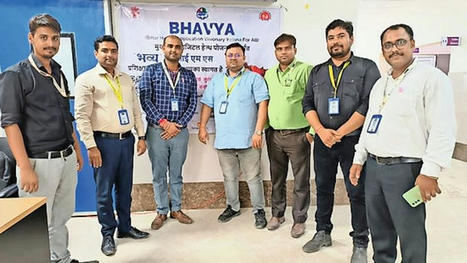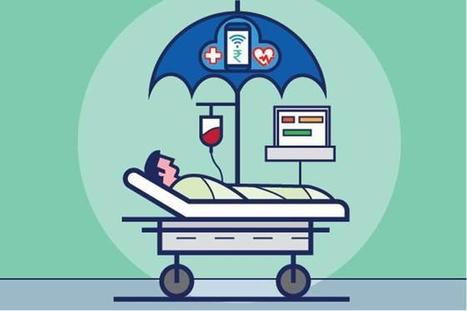Winston Churchill once said, "Healthy citizens are the greatest asset any country could ever have." The UPA's effort to invest in citizen's health deserves better coverage and notice than it has attracted so far.
As we inch towards the end of United Progressive Alliance's (UPA's) second term, it is important to look back and reflect on what was accomplished and what is still to be achieved. If health indicators are any yardstick, then the UPA's thrust on social healthcare has led to improved health of citizens and set the stage for future reforms.
In 2004, when UPA came to power, expenditure on public health was around Rs 7,500 crore. This has now almost quadrupled to Rs 27,000 crore. In the beginning of UPA's regime, the National Rural Health Mission (NRHM), known to be "the most ambitious rural health initiative ever", was initiated.
The NRHM was formed to provide effective healthcare delivery to our rural population, especially women and children. The latest data shows that in the last 10 years, infant mortality rate (IMR) has come down from 58 per 1,000 to 44. This is further set to decline sharply.
During the National Democratic Alliance's regime, the IMR declined at a snail's pace of 1.3% annually, whereas now this deceleration is happening at 6.4% per annum.
With government focusing on early and periodic health screening of children through its Rashtriya Bal Swasthya Karyakram, children's health indicators could improve further.
With the Janani Suraksha schemes, institutional deliveries through skilled birth attendants have increased rapidly. Approximately 12 million deliveries per year are taking place at no expense to the beneficiaries. This is followed by cash incentives and other benefits.
As a result of such initiatives, the maternal mortality ratio of India has been reduced by 50% from 390 in 2000 to 200 in 2010.
Providing government-run health insurance to below poverty line (BPL) workers and their families through Rashtriya Swasthya Bima Yojana (RSBY) is yet another milestone achieved by the UPA government.
The objective of RSBY is to protect BPL households from major health expenses that could wipe out their life's savings.
This scheme allows inpatient treatment up to Rs 30,000 per year, and since its inception in 2008, around 35 million families have enrolled in the programme. This scheme has been praised by global leaders for its unique, innovative and inclusive business model.
Making India free from the blot of polio is another achievement of the UPA. This was only possible due to massive immunisation and awareness efforts of the government. Nevertheless, the government should be in surveillance mode as we are surrounded by nations that are still afflicted by polio.
Due to improved life expectancy, the average Indian would live five years longer than he would have had a decade ago. An increase in life expectancy will be a driver of economic growth, as it happened in Japan, which saw an increase in life expectancy by 13 years after World War II, followed by rapid economic growth.
This is a battle half-won. We have people falling into the trap of poverty and indebtedness due to escalating healthcare cost. The government should speed up its intention to provide free medicine to all through public hospitals and health facilities.
more at http://economictimes.indiatimes.com/opinion/comments-analysis/the-upa-regime-a-decade-of-massive-healthcare-reform/articleshow/29430774.cms



 Your new post is loading...
Your new post is loading...












